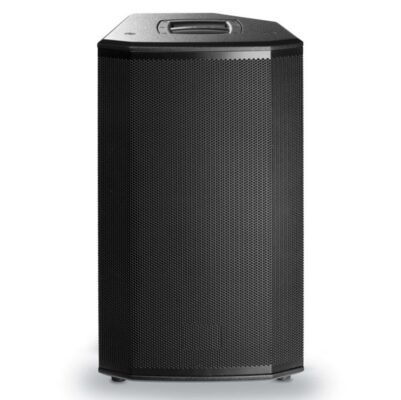News
Electrolytically galvanized steels UNI EN 10152
The galvanizing on the coils of raw material is carried out cold and continuously with the galvanic process of electrolysis. The galvanizing is performed on both faces with identical zinc coatings or – upon specific request – different coatings can be performed.
In perforated sheets, the zinc coating – expressed in grams per m2 – ensures cathodic protection in the areas where the coating is interrupted due to the presence of holes, damage to the surface or along the cut edges. In any case, since the mass of the coating is relatively small, electrolytically galvanized steels are not suitable to withstand external exposure without further chemical treatment and painting.
The products can be supplied with two surface aspects:
A: pores, light incisions, small fingerprints, slight scratches and a slight coloring are allowed which must not affect the suitability for forming or the adherence of subsequent surface coatings.
B: The best of the two surfaces must be free from imperfections that affect the uniformity of a quality paint. When only one face is galvanized, this requirement applies to the uncoated surface; the other side must have at least the surface aspect A.
To avoid the formation of oxidation stains during transport and storage (white rust), a surface treatment is usually carried out by the manufacturer, which also improves the adhesion and protective effect of a subsequent coating, for example a varnish. ; however, it is necessary to ascertain the compatibility between surface treatment and subsequent coating. For further information in this regard, consult the standard. The products can be welded under the conditions provided for the base metal by adopting the necessary precautions due to the presence of zinc and the possible phosphating of the surface.
Electrolytic galvanizing is preferable to thermal galvanizing in these cases:
– If you need to treat steel parts with accurate hardening, which could suffer undesirable effects if subjected to high temperatures.
– If you are looking for extreme uniformity in the thickness of the deposited coating as in the case of precision pieces.
– For articles welded with low melting point alloys because they would be destroyed if they were treated with hot dip galvanizing processes.
Electrolytically treated perforated sheets are particularly popular in the electrical and electronic equipment sector, where galvanizing must be uniform even in the presence of holes or sheared areas.


